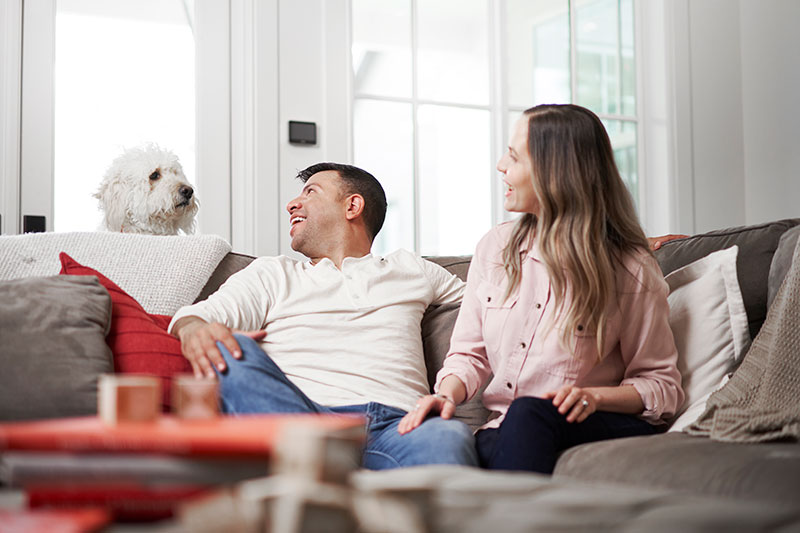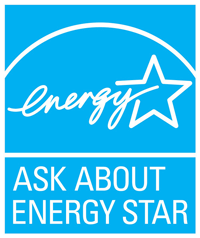
We spend lots of time inside. In fact, the Environmental Protection Agency (EPA) has estimated being inside comprises 90% of our schedule. Although, the EPA also has found your indoor air can be three to five times more polluted than outdoors.
That’s since our residences are firmly sealed to increase energy efficiency. While this is good for your energy costs, it’s not so good if you’re among the 40% of the population with respiratory allergies.
When outdoors ventilation is restricted, pollutants like dust and volatile organic compounds (VOCs) could get trapped. As a result, these pollutants may irritate your allergies.
You can boost your indoor air quality with fresh air and routine housework and vacuuming. But if you’re still having issues with symptoms when you’re at home, an air purifier could be able to provide assistance.
While it can’t remove pollutants that have gotten trapped in your couch or carpeting, it can help purify the air circulating around your home.
And air purification has also been scientifically proven to help lower some allergic symptoms, according to the American College of Allergy, Asthma and Immunology. It could also be useful if you or someone in your household has a lung condition, such as emphysema or COPD.
There are two options, a portable air purifier or a whole-home air purifier. We’ll go over the distinctions so you can figure out what’s appropriate for your home.
Whole-House Air Purifier vs. Portable Air Purifiers
A portable air purifier is for a single room. A whole-house air purifier works alongside your heating and cooling equipment to treat your complete house. Some types can work on their own when your heating and cooling system isn’t operating.
What’s the Best Air Purifier for Allergies?
Seek a model with a High Efficiency Particulate Air (HEPA) filter. HEPA filters are used in hospitals and provide the greatest filtration you can find, as they trap 99.97% of particles in the air.
HEPA filters are even more useful when installed with an ultraviolet (UV) germicidal light. This mighty mixture can wipe out dust, dander, pollen and mold, all of which are general allergens. For the best in air purification, evaluate equipment that also has a carbon-based filter to decrease household odors.
Avoid buying an air purifier that generates ozone, which is the main element in smog. The EPA cautions ozone could aggravate respiratory problems, even when emitted at minor concentrations.
The Allergy and Asthma Foundation of America has made a list of questions to ask when purchasing an air purifier.
- What can this purifier take out from the air? What doesn’t it take out?
- What’s its clean air delivery rate? (A bigger number means air will be purified more quickly.)
- How often does the filter or UV bulb need to be switched]? Can I do that by myself?
- How much do replacement filters or bulbs cost?
How to Reduce Seasonal Allergy Symptoms
Want to have the {top|most excellent|best] outcome from your new air purification unit? The Mayo Clinic suggests taking other procedures to limit your exposure to seasonal allergy triggers.
- Stay inside and keep windows and doors sealed when pollen counts are heightened.
- Have other family members mow the lawn or pull weeds, since this work can trigger symptoms. If you are required to do this work alone, you may want to consider using a pollen mask. You should also bathe right away and change your clothes once you’re finished.
- Avoid hanging laundry outside your home.
- Turn on the AC while at home or while in the car. Consider installing a high efficiency air filter in your home’s HVAC system.
- Equalize your home’s humidity percentage with a whole-house dehumidifier.
- Hardwood, tile or linoleum are the best flooring types for reducing indoor allergens. If your residence has carpet, use a HEPA filter on your vacuum cleaner.
Let Our Specialists Handle Your Indoor Air Quality Needs
Prepared to progress with adding a whole-house air purifier? Give our specialists a call at 530-885-8081 or contact us online to schedule an appointment. We’ll help you find the ideal unit for your family and budget.



